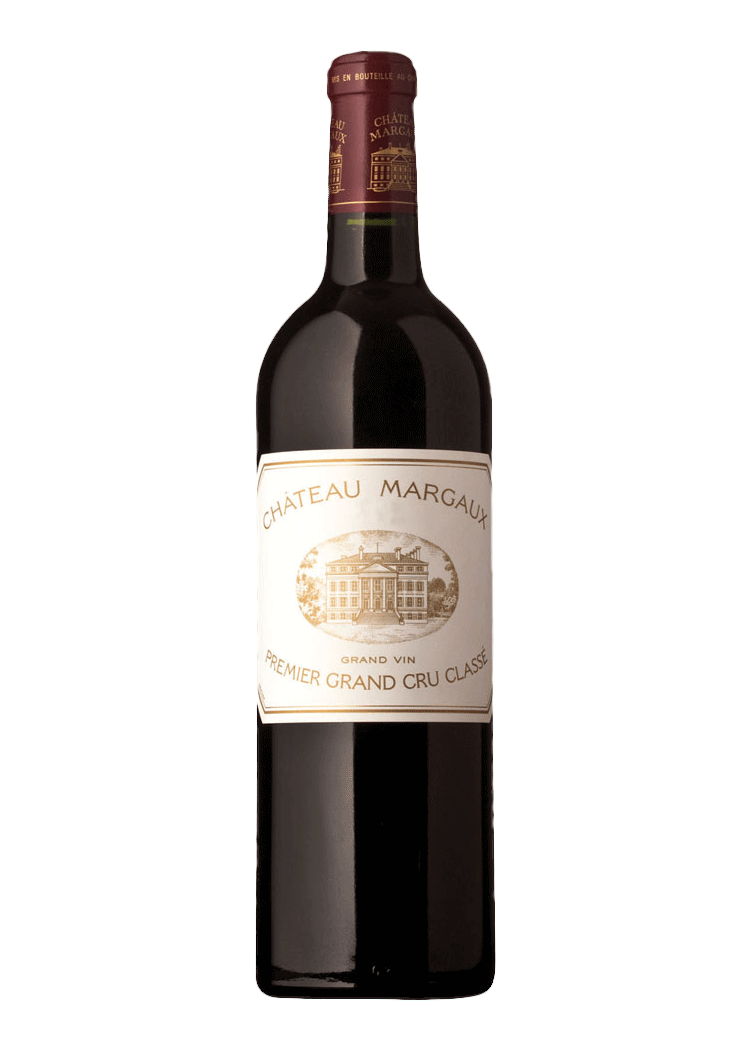tap to enlarge
Chateau Margaux Margaux, 2005
750ml
$1,199.97
+CRV
*Price, vintage and availability may vary by store.
*Price, vintage and availability may vary by store.
Product Highlights
Wine Spectator-France - Bordeaux - Margaux - Very tight, with whispers of alder, bay leaf, tobacco and singed sandalwood. Gives way to a silky and refined, but concentrated, core of cassis and blackberry fruit with a lightly mulled hint. The long finish shows echoes of dark earth and iron.
CedarSpiceOak
Product Details
OVERVIEW
Geography
On Bordeaux’s Left Bank, near the southern end of the Haut-Médoc, lies Margaux, one of the most celebrated villages in the world of wine. Margaux is home to Château Margaux, the revered first-growth property, as well as 20 more Grand Cru Classé estates ranked in the 1855 classification of Bordeaux.
The acclaimed wine of Margaux benefits from the diverse soil types in the appellation. In general, Margaux has a very thin layer of topsoil, and the very best vineyards, above the Gironde River, have gravelly soils that encourage deep root growth and allow for good drainage. Because of the variations in soil, Margaux wines can range from delicately flavored to highly concentrated, from medium- to full-bodied. Yet all Margaux wines share a fragrant bouquet, silky texture and remarkable balance.
Cabernet Sauvignon dominates in the wines of Margaux, as it does throughout the Left Bank, with Merlot and Cabernet Franc used in small percentages for blending.
Because of their excellent aging potential, the best Margaux wines are prized by collectors.
Varietal / Type
Red grapes produce an amazing array of red wine types: from the boldest, heartiest big reds, to elegant and structured dry red wines, to sweet and simple picnic sippers. So much depends on where grapes are from and what the winemaker does with them, but the most important factor is the variety of the grape itself.
There are the familiar international red varieties – Cabernet Sauvignon, Pinot Noir, Merlot and more – produced in the world’s top winemaking regions. Then there are regional red varieties, which produce types of red wine nearly synonymous with their place of origin, such as Sangiovese, from Italy, and Tempranillo, from Spain. There are hundreds more red grape varieties regularly used to make wine around the globe.
Most red wine varietals fare best in warmer climates, where they can ripen fully before harvesting. So climate and soil – as well as market demand – determine the best grape types to plant in a particular vineyard. In Europe, centuries of tradition, trial and error determined what wine grapes grew best where, and modern regulations have enshrined those winemaking practices into law.
Our red wine guide details the flavor profiles and regions of the most popular red varieties – plus a few you may not yet know. Use it as a road map for Total Wine & More’s selection of more than 8,000 wines. You’ll learn everything there is to know about your favorite red wines, and we’re sure you’ll find some new red wines to love.
